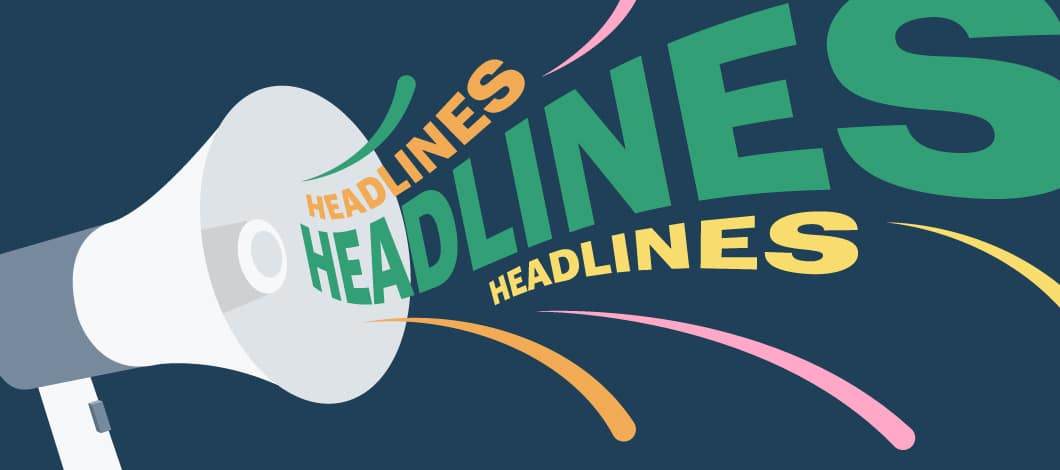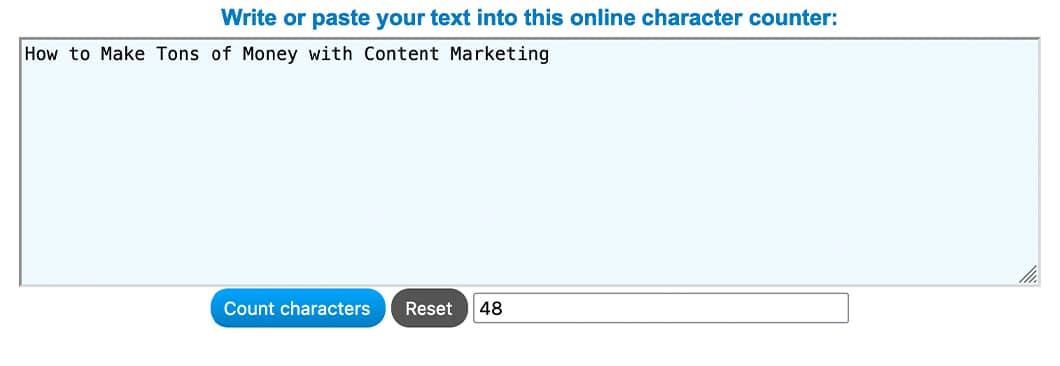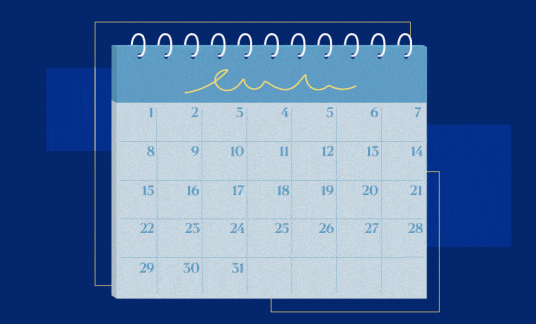Why did you click through to read this article? Because the headline caught your attention.
That’s how all articles get read.
No, we aren’t psychic here. We just know what works to stop your scroll and reel you in. And we bet you want to know the secret sauce formula for how to write a headline that commands attention, right?
Read on as we share 16 killer strategies to write great headlines. This is everything you need to know, including what to do, what to avoid and 5 tools to help add that extra oomph.
How to Write a Headline: The 6 Key Steps
- Know who you’re talking to (your target audience). What do they care about? What are they struggling with right now? s your article a solution for that struggle?
- Write your headline last. Trust us.
- Write at least 10 headline options. Leave them for a day, say them out loud, and cut 5 of them. Whittle it down to the best one from there.
- Ensure the headline references the problem the article solves. The focus should be on the solution you’re offering.
- Use a proven headline formula. (More on that below.)
- A/B test your headlines often. Rewrite old ones with the insights you learn from these tests.
How to Write a Headline: 7 Must Dos
According to CoSchedule, 8 out of 10 people will read your headline but only 2 of those will click through. Oof.

Here are 7 tips to bump that up and get more click-throughs with attention-grabbing headlines that work.
1. Include a Number
If applicable to your content, include a number in the headline. For example, “7 Ways to Write a Good Headline,” or, “Get 324% More Sales: A Case Study for Ecommerce.”
Adding data such as a percentage makes your article a must-read for someone struggling with that problem.
A study completed by Conductor and published on Moz found that 36% of people prefer headlines with numbers in them. These range from the clickbait-y Buzzfeed titles to serious business articles. Across subject matter, numbers win.
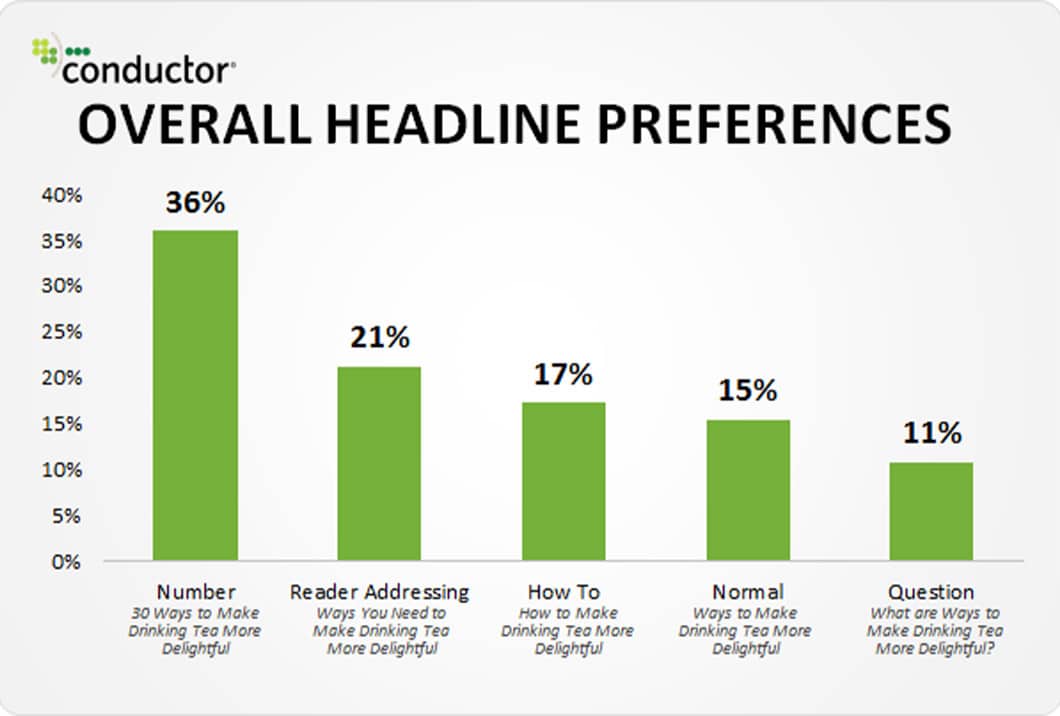
2. Practice Writing Headlines
Practice makes perfect in almost everything from sports to drawing and, yes, writing headlines. The fastest way to improve your headline writing skills is to write a ton of them. This exercises your brain into distilling the content into its key message and conveying that effectively and succinctly.
Copywriter Justin Blackman completed a 100 Day Headline challenge, where he wrote 100 headlines every single day for 100 days. You don’t need to go to that extreme, but start with writing 10 options for every piece of content you produce.
3. Be Specific
Make your headline as specific as possible. Instead of “27 Ways to Get New Customers,” try: “27 Ways to Attract New Customers With Content Marketing.”
Making your headlines specific adds a sense of urgency. An experiment by CXL found that adding a sense of urgency to an offer increased their conversions by 3 times.
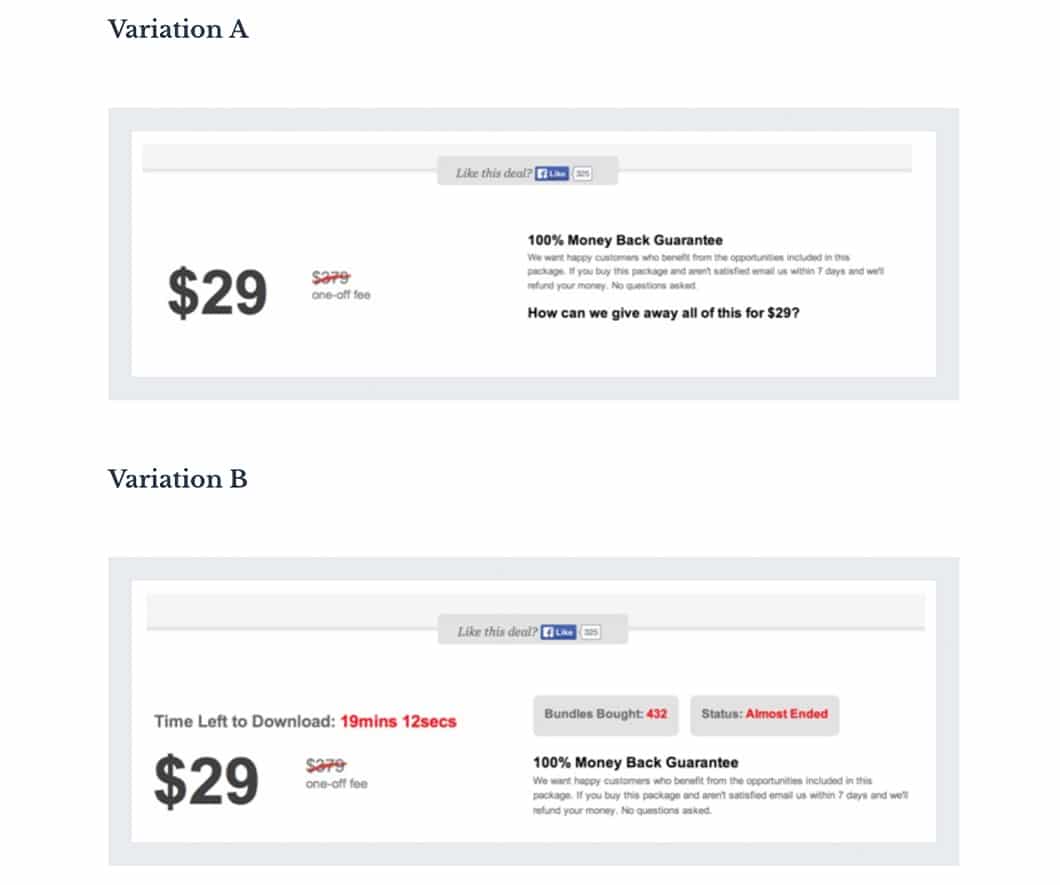
That experiment was for an offer but the same logic applies to writing headlines. The reason is that urgency is deeply rooted in our primitive brains as a sign to pay attention to. It’s related to social pressure to not only perform, but conform.
A study published in the Journal of Consumer Research found people were more likely to complete urgent tasks than important tasks. This isn’t very logical, since the important ones should have taken priority. However, the study found that, “People behave as if pursuing an urgent task has its own appeal, independent of its objective consequence.”
By writing a specific headline, you create urgency to click it. Thanks to psychology, that makes it irresistible.
4. Include Keywords (for Humans)
We all know search engine optimization (SEO) is important. But stuff too much keyword mumbo jumbo into your headline and all the Page 1s in the world won’t matter if the actual human beings who should read it are turned off by the keyword-stuffing.
Your headline needs to sound natural in the real world, not only the Google bot world.
For example, which headline sounds natural for the keyword “best New York City restaurants?”
- Le Bernardin: A Review of One of the Best New York City Restaurants
- Best New York Restaurants: Le Bernardin Review of New York City Best Restaurant, Top Restaurants in New York City and Best New York City Restaurants for Tourists
Besides being a novel-length headline, the second one sounds spammy. No thanks.
5. Use a Successful Headline Formula
No need to waste time brainstorming The Ultimate Headline when there are already many successful formulas out there you can use.
HubSpot cataloged the top 6 headline formulas, which are:
- Number + Adjective + Noun + Keyword + Promise
- How To + Action + Keyword + Promise
- Definition + Guide To + Action + Keyword + Promise
- Positive Word + Number and/or Noun + Keyword + Promise or Details
- Negative Word + Action + Keyword
- Call-to-Action + Keyword + Promise
Here are a couple of examples of how to use these formulas:

6. Use Powerful Phrases
A study by BuzzSumo of 100 million headlines found some clear winning phrases you should incorporate into your headlines. It found using the phrase “will make you” increased Facebook shares by more than 200% compared to the next highest ranking phrase and over 8 times compared to the lowest ranking phrase.
If you can naturally work in these top phrases, you could position your article for viral status.
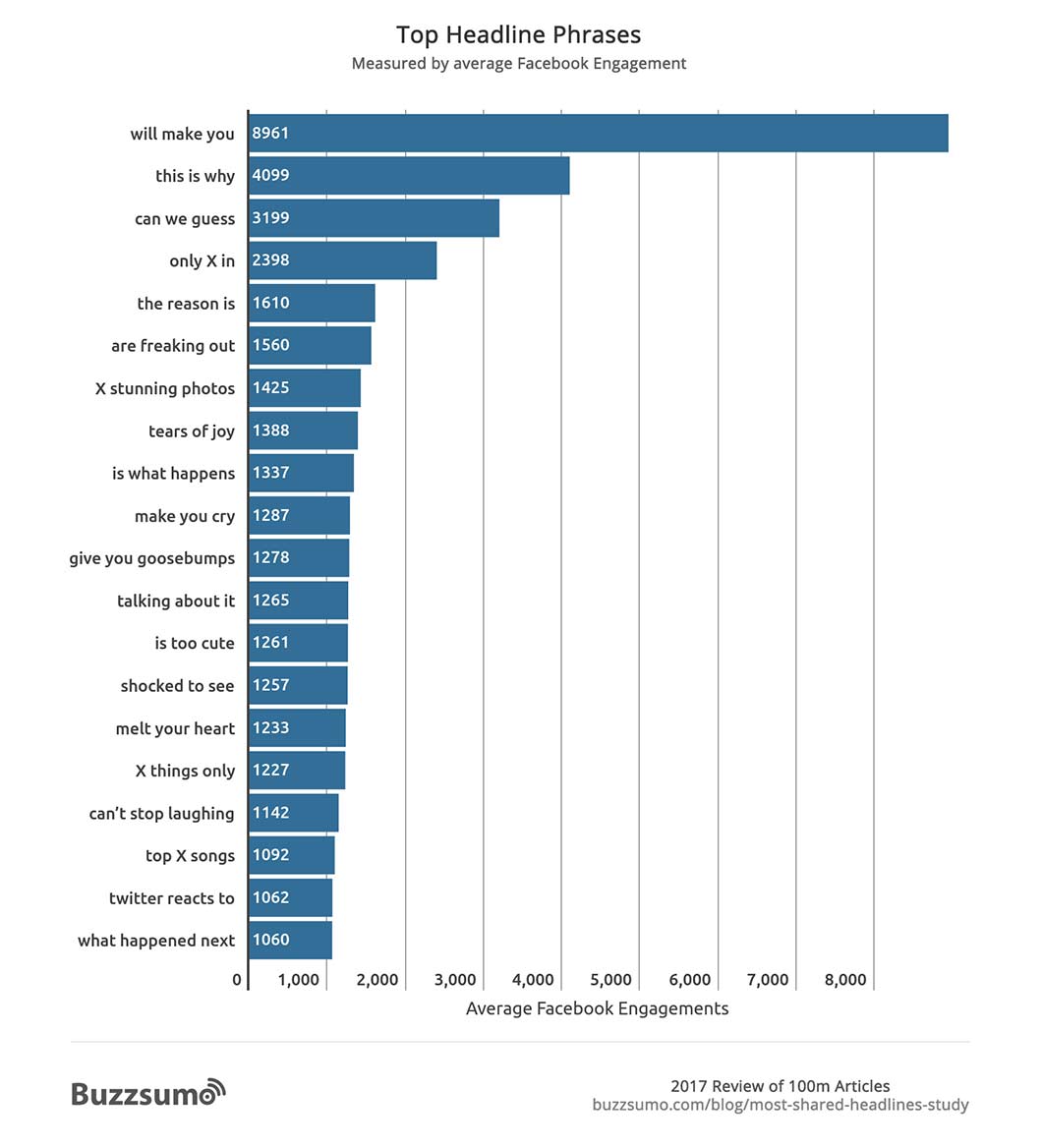
7. Ask Yourself, ’Is This Interesting?’
Yes, interesting is subjective and unquantifiable, but you can write a textbook-perfect headline as per the tips above and still have your traffic fall flat. To be a true winning headline, it needs that something extra: a certain je ne sais quoi.
Look at the list of top headlines you’ve written for a piece, lean back and think, “What can I add to make this more interesting?”
You don’t want to add interesting words just for the sake of it or worse, turn it into a pun. But adding a little oomph can edge out the competition.
For example, which of the following 3 headlines would you rather click on?

The middle one has a bit more personality than the others and tells the reader that it may be a cheeky, fun read that will teach them something about success. The split-second judgment call happens: “Sounds interesting,” they think and click.
How to Write a Headline: 3 Don’ts to Avoid
1. Don’t Write One and Done
Practice makes perfect. Don’t think up 1 headline idea, slap it on your article and hit, “Publish.”
As we mentioned above, write at least 10 headline options for every article you write — ideally more. Even if you think you have the perfect headline on the first attempt, write 9 more. You can only improve it.
2. Don’t Set It and Forget It
Even if your headline is excellent, don’t publish it and never come back to it.
Ongoing A/B testing should be a regular part of your content marketing ecosystem, including testing your old and new headlines. Try testing new headlines on old articles using the tips above.
3. Don’t Be Afraid of Negativity
Give into the dark side once in a while, what’s the worst that could happen? It could increase your traffic.
An Outbrain study found headlines that use positive words like “best” or “always” performed 14% worse than headlines using negative words, such as “never.” This could be because people assume a negative-toned article is more trustworthy or authentic. Whereas an overly positive one could look like sugarcoating a complex issue or promising too much.
Humans are skeptical creatures. Appeal to our natural sense of judgment with negative headlines.
5 Headline Writing Tools to Add the Pizazz
1. CoSchedule Headline Analyzer
The CoSchedule Headline Analyzer, a free tool, does a good job of scoring your headline based on word choice and SEO best practices. It also has a browser extension to fit into your workflow seamlessly.
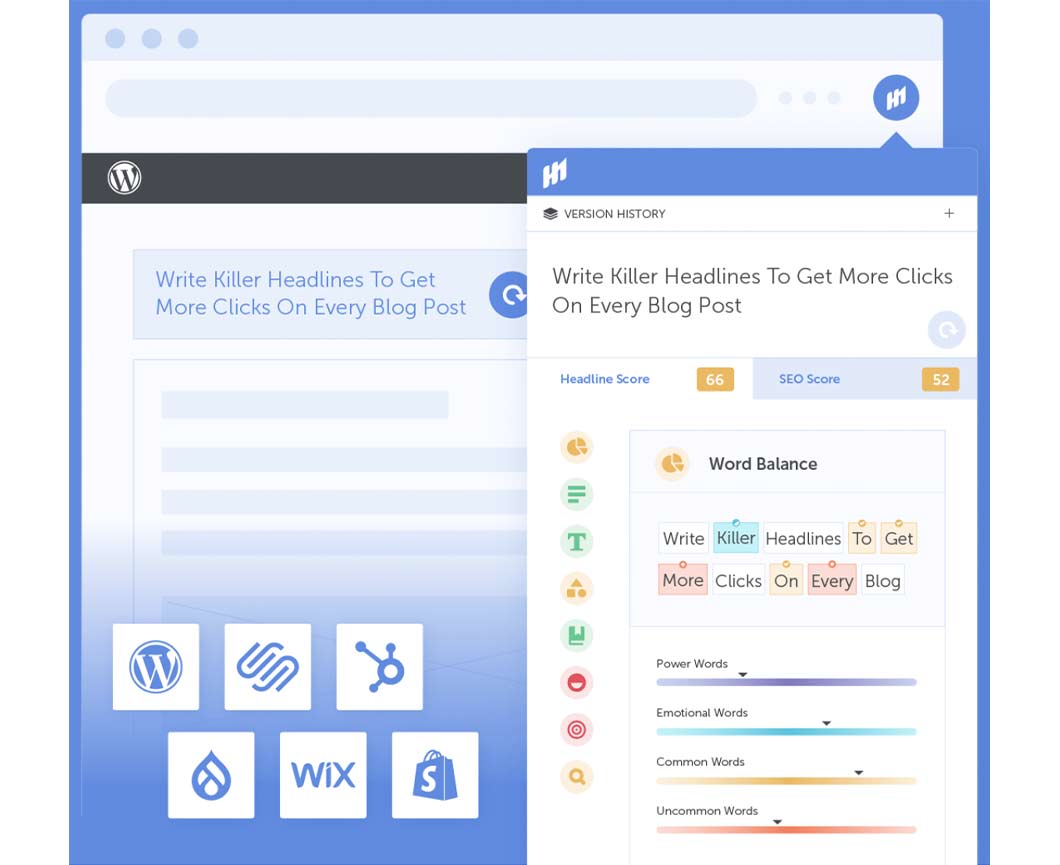
2. AMI Emotional Headline Analyzer
The Advanced Marketing Institute has a free headline analyzer as well, but unlike CoSchedule’s, it measures the emotional appeal of your headline.
The AMI Emotional Headline Analyzer also gives you tips about the type of audience who would respond best to this headline.

3. OptinMonster Headline Analyzer
The SEO-focused OptinMonster Headline Analyzer ensures your headline is under 60 characters (the max that displays in Google search result listings) as well as other neat features, such as encouraging the use of power words.
4. ShareThrough Headline Analyzer
This free tool is nice because it doesn’t require you to sign up for an account to see the results. ShareThrough Headline Analyzer is simple and to the point. It gives you an overall score out of 100 and practical tips to improve your headline, such as word choice suggestions.
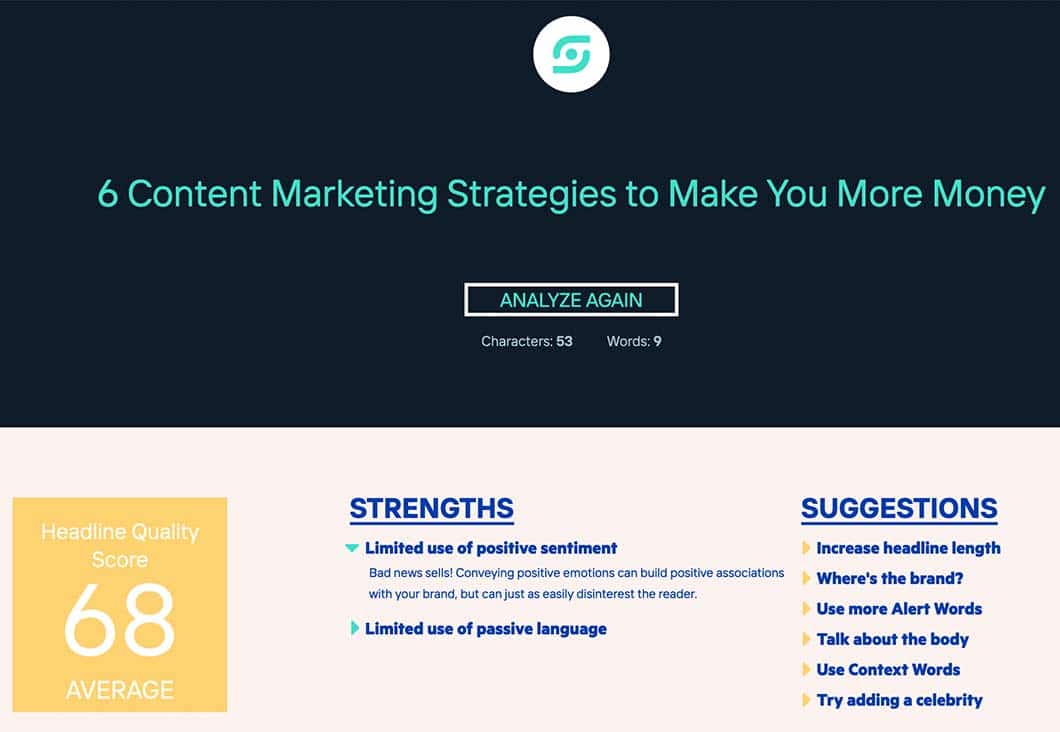
5. LetterCount
When writing headlines or SEO metadata, you need to pay attention to your character count. Google only displays the first 60 characters of a headline and 130 characters for a meta description. Sometimes you need a quick way to check character count without signing into an account and LetterCount comes in handy for that.
Punch Up Your Traffic With Catchy Headlines That Deliver Results
Coming up with a great headline is the most important part of writing your article. No pressure.
A great headline can explode your traffic which can then translate into increased sales, social media followers and so much more. Following all the tips mentioned in this article will get you pretty far with writing magnetic headlines to attract your audience. However, you need to keep that ideal audience in mind while writing them.
All the writing tips or SEO tools in the world won’t matter if your headline doesn’t quickly convey: “This article is for you. Yes, you, right there. Come on in and read this highly targeted article.”
Your readers have to feel seen for them to click through your headline. Does your article address a problem they’re facing and offer a solution? If not, revise it until it does.
Know your audience, write your headline directly to those people, sprinkle in some unique factors and good SEO practices and you have the winning recipe for a perfect headline. Combine that with a solid digital marketing strategy and jeepers, you’re off to the races.



